A proud tweet from the “Utrecht, we all cycle” department a little over a week ago. The city had become runner up in the Green Digital Charter Award in the category ‘Citizen Participation’.

Last year, Utrecht was the 50th city to sign the Green Digital Charter. Signatory cities aim to improve the quality of life of their residents through the innovative use of digital technologies.
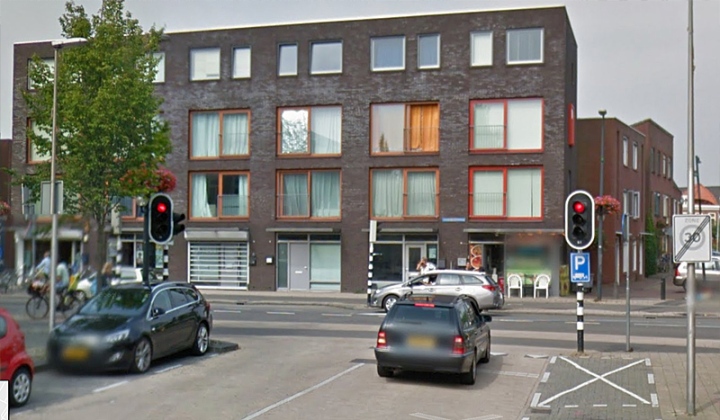
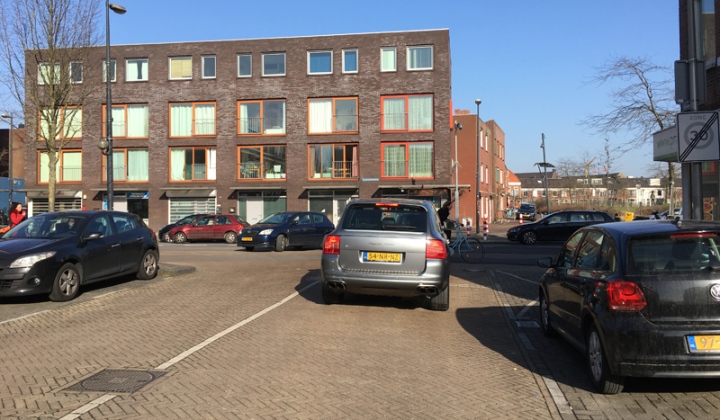
In the 2016 case studies book (PDF english), we find that Utrecht entered its “Traffic Lights Hotline” in the category ‘Citizen participation & impact on society’. From the 14 projects in this category the city made it to the final with Reykjavik and Zaragoza and ended at second place.
The case study was described as follows:
UTRECHT, THE NETHERLANDS
TRANSPORT
TRAFFIC LIGHTS HOTLINE
Upwards of 100,000 cyclists ride across Utrecht every day, and many of them feel that traffic lights could be configured better, and that some are actually not necessary at all.
To utilise the knowledge and experiences of all road users, the municipality launched an online service (‘hotline’) in February 2015, asking citizens to indicate which traffic lights could be deactivated (for part of the day) and which traffic lights’ settings should be adjusted.
Within two months, almost 5,000 reports were received. The recommendations were remarkably clear, with several locations mentioned a lot more often than others, making the outcome very useful for the municipality. Based on these reports, traffic lights were deactivated at six intersections, and switched off outside peak hours at two other locations. Traffic light settings continue to be adjusted throughout the city.
The municipality made sure to respond to the reports, detailing the planned improvements at each affected intersection, and explaining why other suggestions had to be rejected. Both the reports and the responses are publicly available online.
The hotline has been such a success that the municipality decided to make this a permanent service for the city. The system enables intelligent traffic flow management and contributes to traffic safety. Its educational importance cannot be underestimated either.
The online information, that is mentioned, can be found (in Dutch only) on a public map.
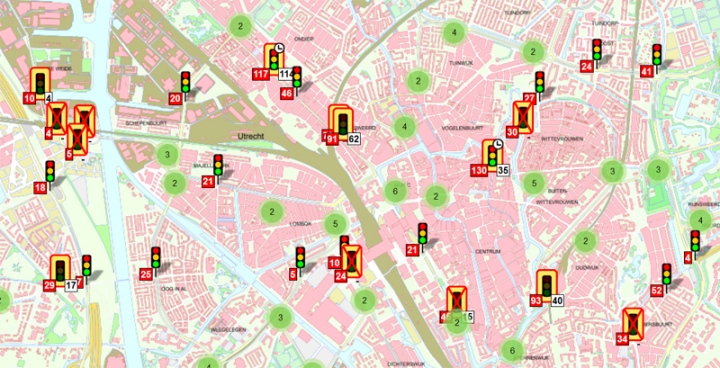
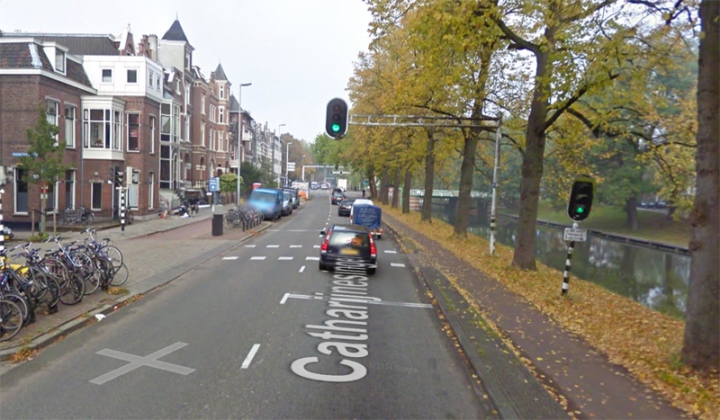
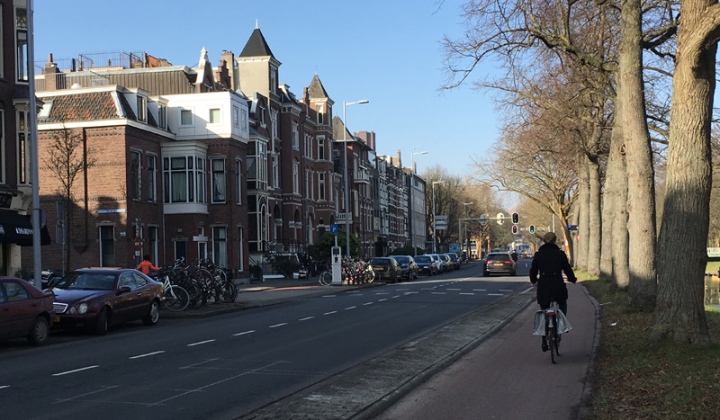
I previously wrote about protests against badly functioning traffic lights in Utrecht. This took place before the hotline was opened. Utrecht has also been experimenting with a green light companion, but that project has been stopped, at least in Utrecht. The project has been renamed Flo and is -in a changed version- further developed in Eindhoven. Utrecht is still involved but in a different way (information from Utrecht Fietst, after the post was published). Finally, last year I wrote an elaborate post about traffic lights in ‘s-Hertogenbosch with a lot of information about how the Dutch see and treat traffic signals.

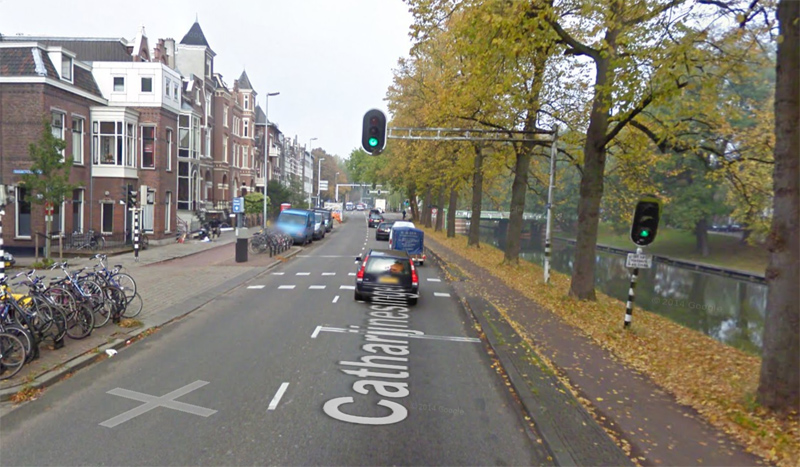
The city of Los Angeles’s first protected bike lane network will probably be in the community of North Hollywood. The city council member for that area just approved a 2.5 protected bike lane on Lankershim Blvd that will abut the North Hollywood subway station from north to south. This is in addition to a 2-mile protected bike lane that will be installed on Chandler Blvd, which runs east/west directly south of the subway station, that will connect to bike paths in about three years. Vineland Ave, a n/s street that is two blocks to the east of the North Hollywood subway station, could also have its buffered bike lanes converted to protected bike lanes when there is sufficient funds to do so. There is also a bike path that will be built several years from now next to the LA river, which is two miles south of the North Hollywood subway station. This will make a much easier connection to the Universal subway station and Universal studios.
Tall mixed use buildings will be built on large parking lots that Metro owns at the North Hollywood subway station and also at the Orange Line brt station across the street. This increased population density will add to the schools, jobs and shopping all located within a two mile radius of the subway station.
Increased amounts of secure bike parking and a bicycle repair station will open in 2017 at the North Hollywood Orange Line brt station.
Additionally, bike share will be coming to the area within a couple of years.
I don’t know what else could be done to encourage adults to bicycle in an area than what’s happening around the North Hollywood subway station.
The North Hollywood subway station already has the most amount of bicycle parking of any Metro station and these improvements should greatly boost the amount of bicycling in the area.
Adding 20 miles of bike lanes to the 10 square mile community of Wilmington did nothing to increase the rate of bicycling in that area. Adding all of the bicycling amenities around the North Hollywood station should have the opposite affect.
In the Los Angeles area more traffic signals is considered an improvement. The city of Los Angeles has about 1,000 less traffic traffic signals than the Netherlands. I know of no intersection in LA that doesn’t either have a traffic signal or a stop sign.
A goal of the Los Angeles department of transportation for 2017 is to reduce traffic fatalities by 20%. They hope to achieve this by using temporary materials such as striping and plastic bollards.
All traffic signals in the city of Los Angeles are connected by fiber optic wiring to a central control center located in downtown LA. Adjustments are made to the amount of time signal is under green according to the volume of traffic. Signaling could be adjusted to delay the flow of traffic in order to slow down vehicles. I don’t know whether the LADOT will choose to do this during the off-peak hours when the average speed of traffic increases significantly.
The greatest risk of serious injuries and fatalities to pedestrians and cyclists rises as the average speed of vehicles increases. That means the main way of reducing the number of fatalities is to decrease speed. Which is what the LADOT will be working on to achieve their goal of less traffic fatalities.
> No signals here anymone. This is one of six intersections where they have completely vanished. This is perfectly in line with the Dutch view that signals should be avoided as much as possible. They should only to be placed where they are absolutely necessary.
This works fine in countries where drivers respect the law and stop at crosswalks to let pedestrians through. In the rest of the world… forget it: Without red lights, on busy streets, pedestrians would have to wait forever.
How do the traffic light systems of Den Bosch that you described last June I think it was compare with the lights in Utrecht? I also remember that at least at places like the Heetmenplein south of the city centre the lights for cars have 3, 2, 1, things that gets the traffic moving, I wonder if such a system could be adopted for cyclists so that if they approach a signal from far away, they can adjust their speed accordingly, and in either case if such a system is in place in Utrecht.
How does removing traffic signals affect people walking? It seems that this would be fine adjacent to a canal that doesn’t offer many amenities (except the cycle track), but there are some that will read this and think many traffic signals can be removed.
How about narrowing the car lanes to 2.75 metres wide per lane raising the crossing, adding a median if you can and a sharp curve just before for cars and a zebra crossing and possibly a cycle crossing? Even when the cars have priority on a distributor road and there is no zebra, the Sustainable (Systematic) Safety system demands that the crossings between cyclists and or pedestrians and cars must have a speed of 30 km/h for the cars as much as possible. Were I live pedestrians happen to always have priority at intersections (I think that’s a good idea in cities for roads at 50 km/h or less, not such a wise design at divided highways at a speed of 120 km/h), so we’d use zebras anyway I imagine.
Pedestrians are generally happy without traffic lights in NL. The lanes are narrow so it is easy to find a small gap in traffic to cross. Furthermore crossing is allowed whereever you like (the concept of jay walking does not exist in NL). Signalised zebra crossings near schools and homes for the elderly are generally the ones that keep the lights. Those two groups of pedestrians are more vunerable and rely more on the traffic lights.
The very first traffic lights to be switched off and ultimately removed were at the Neude. This is a complicated cross section of a main road in the city center with five other streets / lanes. Mark wrote about this in https://bicycledutch.wordpress.com/2015/10/06/cycling-as-a-key-to-better-cities/ It still works fine (at least for the cyclists). Only cars coming out of the Voorstraat have troubles to find a gap inbetween busses, cyclists and pedestrians. For the pedestrians the crossing of the Lange Jansstraat there are lights that can be activated by pedestrians. This is intended for signalling to buses when you cannot walk very fast. It is not used very frequently as far as I can observe when I cross there as cyclist.